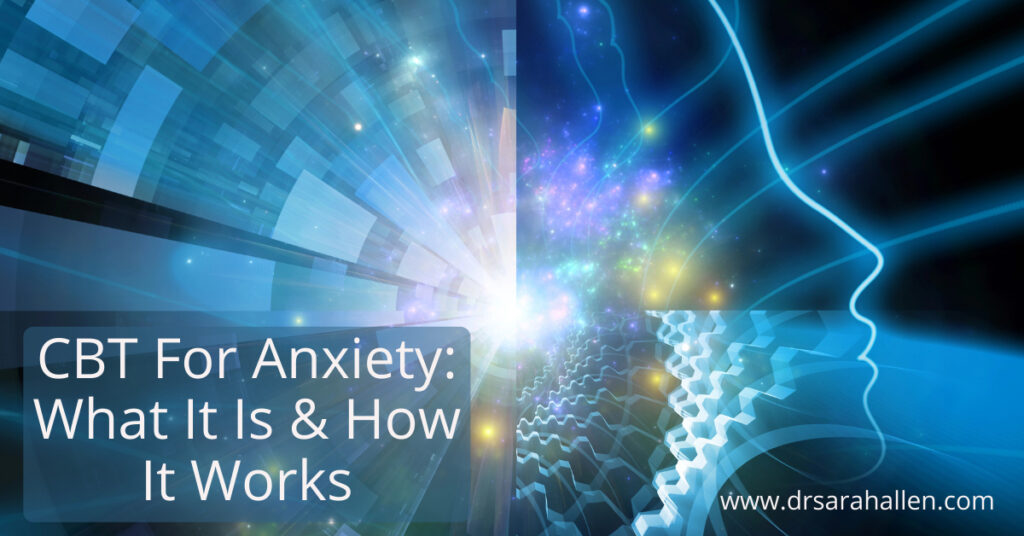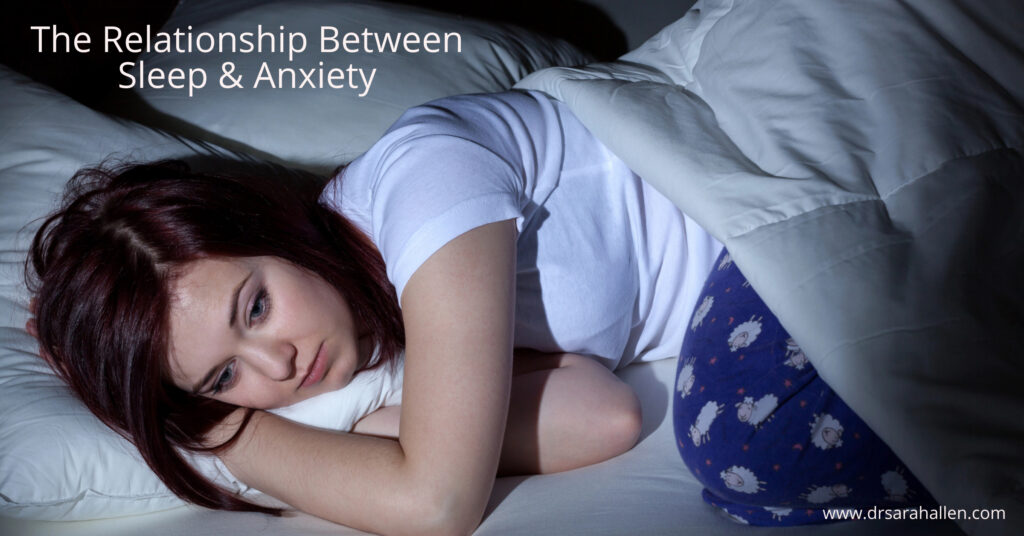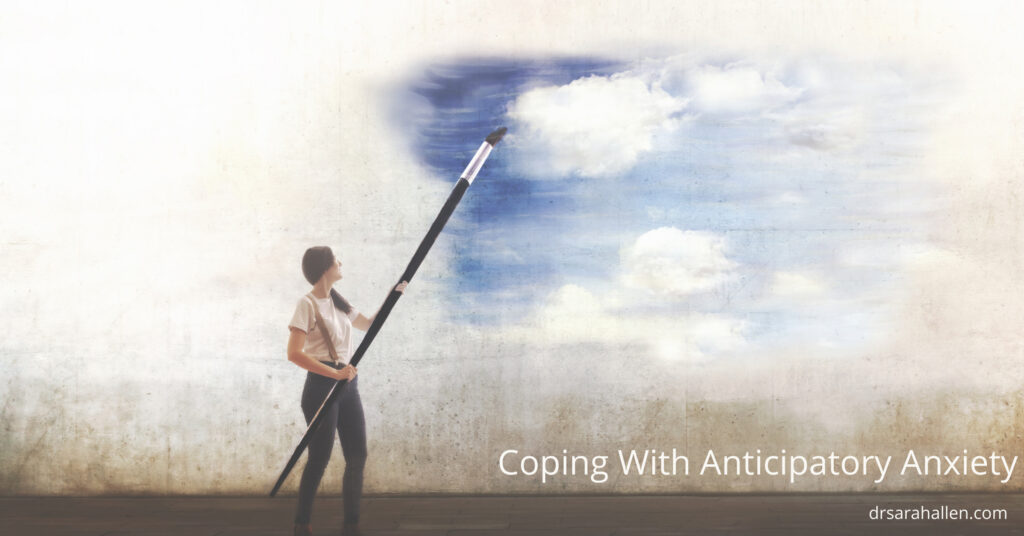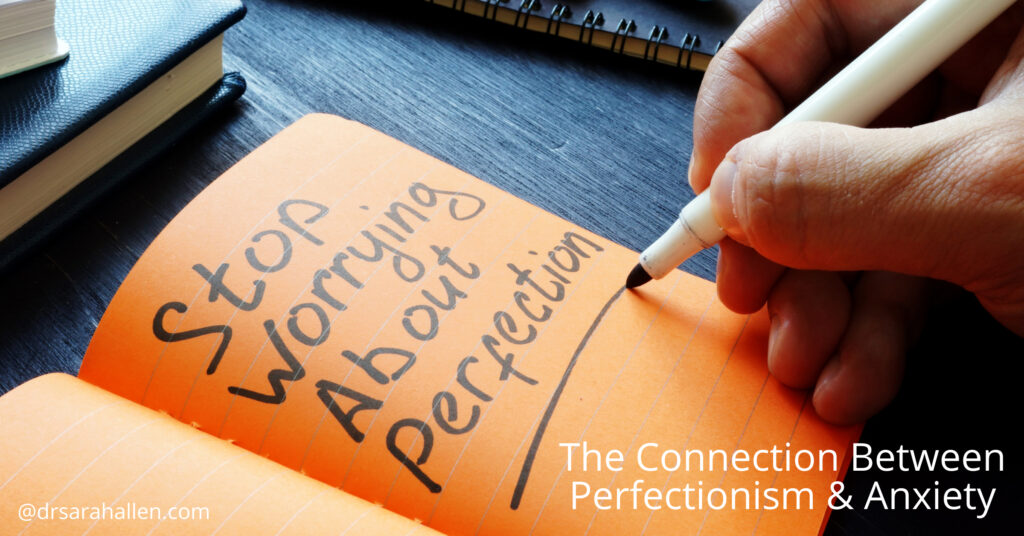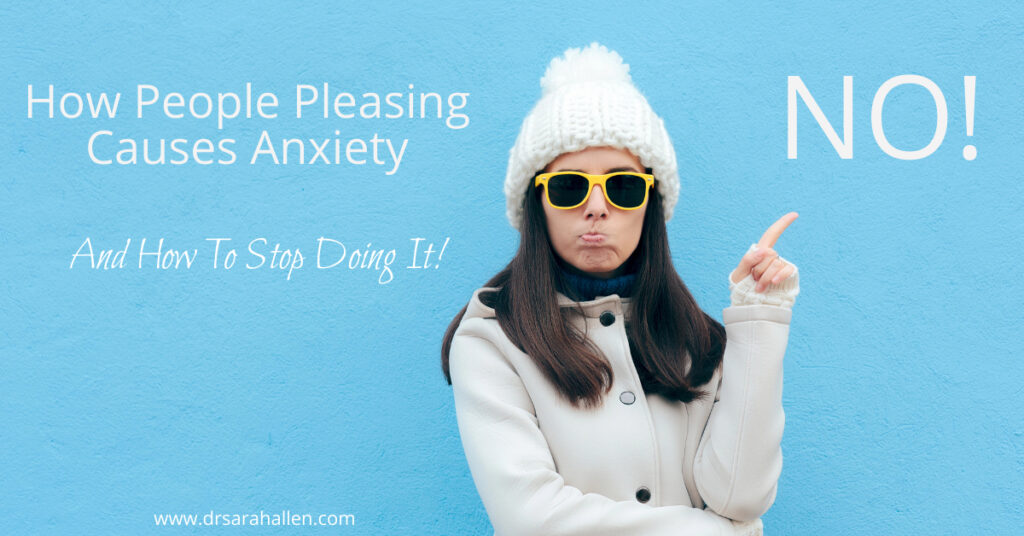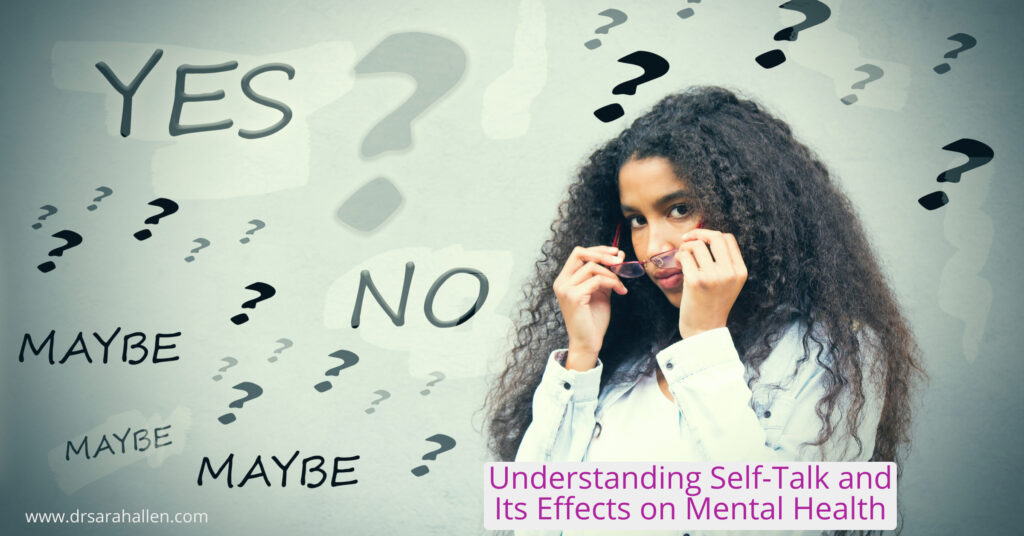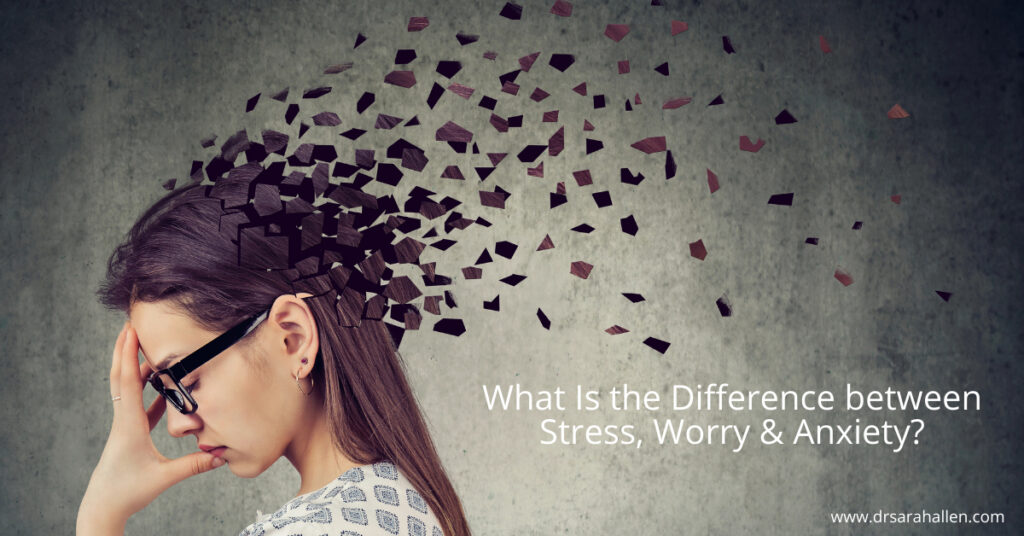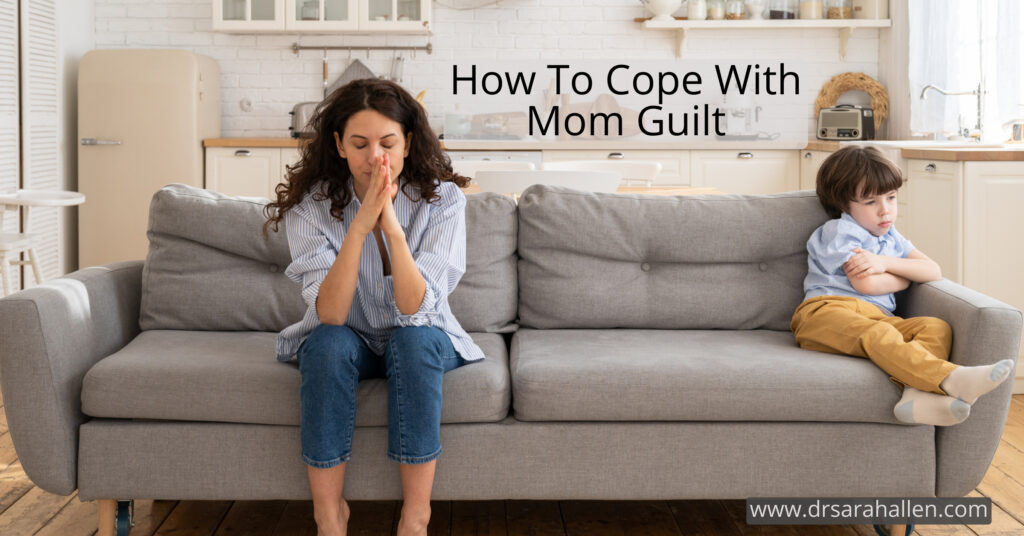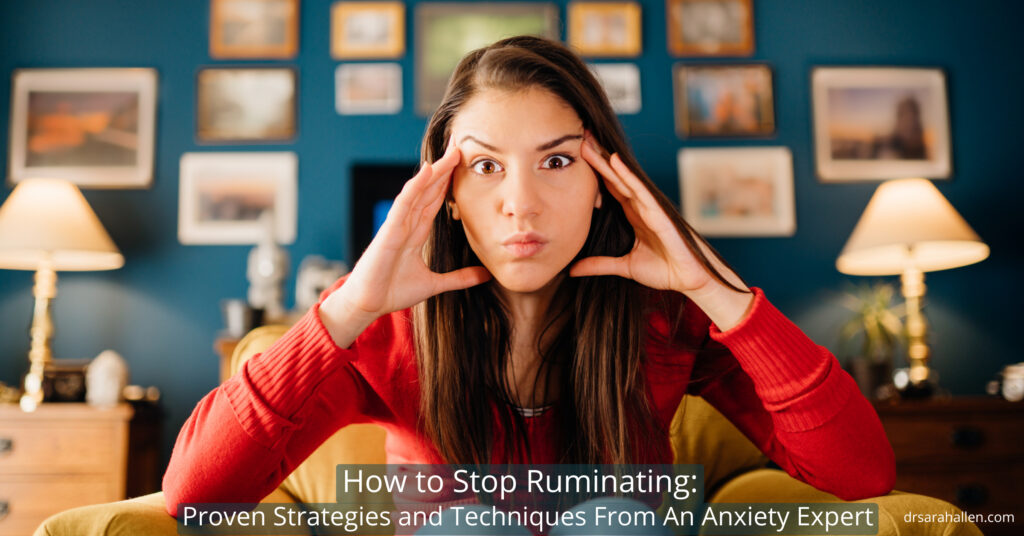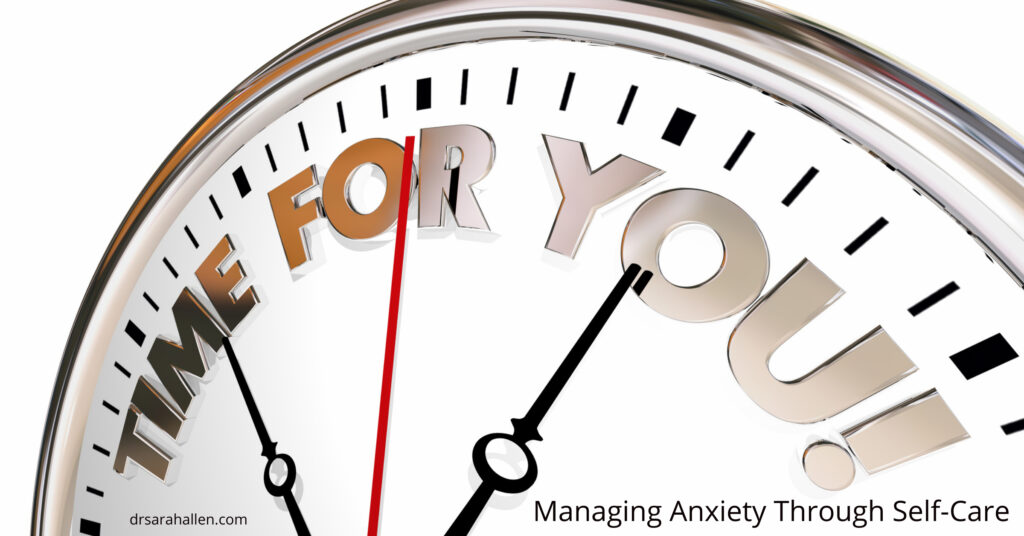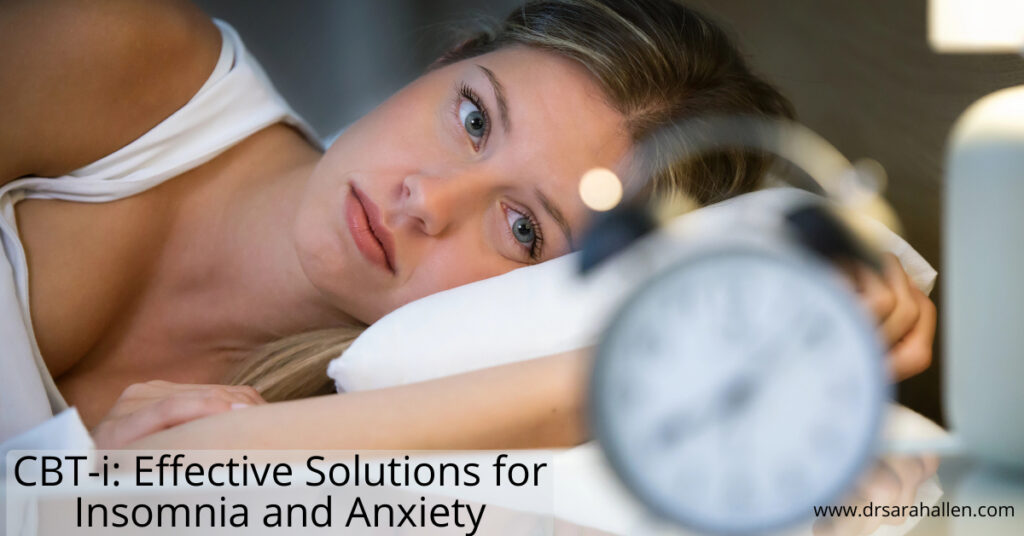
Struggling with insomnia can feel like a never-ending battle. Tossing and turning at night, counting the hours until morning—it’s exhausting. For many, this lack of sleep is intertwined with anxiety. Worry about falling asleep and stress about daily life can create a vicious cycle. The less you sleep, the more anxious you become, and the more anxious you are, the harder it is to sleep.
Cognitive Behavioral Therapy for Insomnia, also called CBT-i, can offer a way out. Unlike sleep medications, which can have side effects or lose effectiveness over time, CBT-i targets the root causes of insomnia. It helps change the thoughts and behaviors that hinder sleep. Over time, these changes can improve sleep patterns and mitigate anxiety.
From what I’ve seen working with clients, CBT-i can be incredibly effective. By addressing both the physical and mental aspects of insomnia, it tackles the problem from multiple angles. More importantly, it provides tools and techniques that you can use for life. This approach can help you break free from the cycle of anxiety and insomnia, leading to better sleep and a better quality of life.
Understanding CBT-i and How It Works
Cognitive Behavioral Therapy for Insomnia (CBT-i) is a structured, evidence-based approach that helps individuals overcome insomnia. Unlike traditional sleep aids, which aim to provide immediate relief, CBT-i targets the underlying problems causing sleep disturbances. By changing negative thoughts and behaviors related to sleep, CBT-i offers long-term solutions.
CBT-i typically involves several components:
Stimulus Control: Relearning to associate the bed with sleep rather than wakefulness. This includes going to bed only when sleepy and getting out of bed if unable to sleep within 20 minutes.
Sleep Restriction: Reducing the time spent in bed to match the actual sleep time, gradually increasing it as sleep efficiency improves.
Sleep Hygiene: Making lifestyle changes to support healthy sleep, like maintaining a consistent sleep schedule and avoiding caffeine or heavy meals before bedtime.
Cognitive Therapy: Challenging and changing unhelpful thoughts about sleep, such as the fear of not sleeping or the belief that one must get eight hours of sleep to function well.
By incorporating these techniques, CBT-i helps improve sleep quality and duration. It also provides tools to manage insomnia without relying on medications.
The Connection Between Anxiety and Insomnia
Anxiety and insomnia often go hand in hand, creating a challenging cycle. Anxiety can lead to racing thoughts and worries that make it hard to fall asleep. On the flip side, poor sleep can increase anxiety levels, making it harder to cope with daily stressors.
Several aspects of anxiety impact sleep:
Racing Mind: Worrying about the future or replaying past events can keep the brain active when it should be winding down for sleep.
Physical Symptoms: Anxiety can cause physical symptoms like a rapid heartbeat or muscle tension, making it difficult to relax.
Sleep Anticipation Anxiety: Fearing another restless night can create anxiety around bedtime, which paradoxically makes it harder to fall asleep.
Insomnia exacerbates anxiety by impairing memory, concentration, and mood. When sleep-deprived, individuals may feel more overwhelmed by their worries and less capable of managing stress. This loop makes it essential to address both conditions simultaneously.
CBT-i can be particularly effective because it not only targets insomnia but also helps manage anxiety symptoms. Techniques like cognitive restructuring and mindfulness can reduce both anxiety and improve sleep quality. By breaking the cycle, individuals can experience better mental health and more restful sleep.
CBT-i Techniques for Better Sleep
CBT-i employs a range of techniques to help you sleep better by changing sleep-related thoughts and behaviors. Here are some key techniques used in CBT-i:
1. Stimulus Control Instructions: This technique helps create a strong association between the bed and sleep. It involves going to bed only when sleepy, waking up at the same time every day, and avoiding naps.
2. Sleep Restriction Therapy: This involves limiting the time you spend in bed to the actual amount of sleep you get. Over time, this helps stabilize your sleep patterns and improve sleep efficiency.
3. Cognitive Restructuring: This technique targets negative and irrational thoughts about sleep, such as fears about not being able to function if you don’t sleep. By challenging these thoughts, it’s possible to reduce anxiety and improve sleep quality.
4. Relaxation Techniques: Methods like deep breathing, progressive muscle relaxation, and guided imagery can help calm your mind and body, making it easier to fall asleep.
5. Sleep Hygiene Education: Simple lifestyle changes can make a big difference. This includes creating a comfortable sleep environment, limiting caffeine and alcohol intake, and establishing a regular bedtime routine.
These techniques, when used consistently, can help break the cycle of insomnia and anxiety. They offer practical ways to improve both your sleep and your overall mental health.
My Experience and Client Insights
From my experience working with clients, I have found CBT-i to be a powerful tool for treating insomnia and anxiety. Many clients come to me after years of struggling with sleepless nights and the anxiety that comes from inadequate rest. They often feel hopeless, thinking nothing can break the cycle.
One of the most common themes I’ve seen is the impact of racing thoughts. Clients frequently tell me they can’t turn off their minds at night. CBT-i techniques, especially cognitive restructuring and relaxation, have been transformative for them. By learning to challenge negative thoughts and practicing relaxation exercises, clients report feeling more control over their sleep and anxiety.
Feedback has shown that stimulus control and sleep restriction are particularly effective. These techniques help clients re-establish a healthy relationship with sleep and their bedtime routines. The initial adjustment can be tough, but the results are worth it.
Clients also appreciate the holistic approach of CBT-i. By addressing both the mental and behavioral aspects of insomnia, it offers a comprehensive solution. This method helps build long-lasting habits that ensure better sleep and reduced anxiety over time.
Conclusion
Managing insomnia and anxiety can seem overwhelming, but CBT-i offers effective strategies to address both issues. By understanding how CBT-i works, recognizing the link between anxiety and sleep issues, and applying specific techniques, you can improve your sleep and mental health simultaneously. These methods provide practical tools that can lead to lasting change and better quality of life.
If you’re tired of sleepless nights and anxious days, CBT-i might be the solution you’ve been looking for. With techniques that target the root causes of insomnia and anxiety, you can break the cycle and achieve better sleep and peace of mind.
For personalized support in managing insomnia and anxiety, Dr. Sarah Allen, can help. Whether you are in the Chicago area and want an in person appointment, or virtually throughout Illinois, Florida or the UK, take the first step towards a restful night and a calmer day.

If you have any questions, or would like to set up an appointment to work with me and learn how to reduce anxiety, please contact me at 847 791-7722 or on the form below.
If you would like to read more about me and my areas of specialty, please visit Dr. Sarah Allen Bio.
Dr. Allen’s professional license only allows her to work with clients who live in IL & FL & the UK and unfortunately does not allow her to give personalized advice via email to people who are not her clients.
Dr. Allen sees clients in person in her Northbrook, IL office or remotely via video or phone.

What Can I Read That Helps Me While I Am Waiting For My First Appointment With Sarah?
Download this free booklet to gain valuable insights and practical strategies for managing anxiety and worrying.

